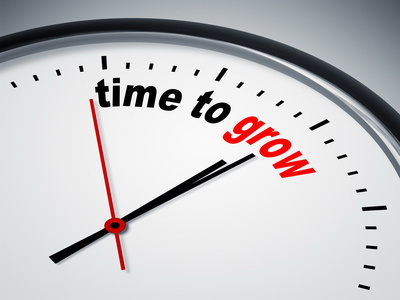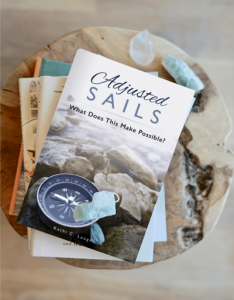 Welcome back! We are continuing our conversation about achieving a positive rate of return on our investments outside of invested cash.
Welcome back! We are continuing our conversation about achieving a positive rate of return on our investments outside of invested cash.
Even though this is our final segment in this series, I hope that the conversation itself will not end here.
Our investments and intentions for them are a critical part of how we achieve the life and work that is most rewarding for us in any given season in our life.
In this segment we are talking about ROE or Return on Energy. This was covered briefly in our last segment where we talked about relationships and the “E” factor within those investments. However, since energy goes well beyond relationships, it merits its own spotlight in the series.
Just as with learning and relationships, the first place we look at is not the return, it is the investment. Our investment in energy includes three areas: Physical, mental and spiritual. Quite often we fail to really consider the source of our energy and what best serves us.
Physical energy may require some active review for you. One of the best ways to do this is by keeping an energy log for a week. Make a note of your energy level on a scale of 1 to 10 every hour. Keep this simple – just a simple note in a log you keep in a small notebook or even in your favored personal electronic device. I kept mine in my phone when I first did this.
It’s important to do this at a minimum of every hour so that you can later see patterns. A word of caution: Do not try and interpret your entries until the end of your logging period. Then look for trends. Is your energy higher in the mornings or evenings? Do you see any correlation to eating and energy? Are particular days of the week standing out as higher or lower?
Look for both the high and low spots and consider what is routinely happening. This will begin to paint the picture for you and distinguish where you will see changes related to your diet, physical activity levels, rest and hydration. You may want to also consider a tool such as a Fitbit or an app to help you monitor for these activities.
The log will also begin to show you where mental energies are manifesting in your physical realm.
One discovery of value for me from this was energy within the context of introvert and extrovert personalities. The basic difference is where energy is most quantifiably sourced. When I first went through this logging experiment is how I realized that I am in fact an introvert. I have a natural love of people and value my leadership roles. I would not have ever considered myself an introvert. But the logs showed otherwise. Solitary activities spiked my energy. Group activities depleted my energy.
If we know where we get the fuel, we can frequent those resources with the right expectation and level of investment. And if we know where our energies deplete, we can also better manage those investments as well.
The spiritual aspect of investment is one that is often overlooked as we may not recognize that the energy of our spirit is in fact the most critical. We can overcome lags in our physical or mental energy by leveraging our spiritual energy. If it were a rock, paper, scissors contest, spiritual energy would always trump the rest.
How do you invest in your spiritual energy? Some of the most effective ways for me have been journaling, prayer, meditation, spiritual readings and music. What fills your spirit? Go to that well and invest.
Remembering that there is risk and reward for all of our investments is the key to achieving the success we want in our life and work. Whether it is about our money, learning, relationships or energy it comes down to the same factors. Our results are a reflection of our priorities and choices.
Live (invest) today like you want tomorrow to be. Live (invest) well!





 In this post we are returning to our series focused on achieving a positive rate of return on our investments outside of a purely financial measurement.
In this post we are returning to our series focused on achieving a positive rate of return on our investments outside of a purely financial measurement. In this series we are talking about how we achieve a good rate of return on our investments outside of our money.
In this series we are talking about how we achieve a good rate of return on our investments outside of our money. In our businesses we talk about achieving a good rate of return on investment or ROI.
In our businesses we talk about achieving a good rate of return on investment or ROI. The news and social media threads have been filled lately with excitement about a particular movie. A movie many have been anticipating for a very long time.
The news and social media threads have been filled lately with excitement about a particular movie. A movie many have been anticipating for a very long time. Long ago in a land far away when I was a teenager, my favorite part about the Sunday newspaper was an insert about a particular celebrity.
Long ago in a land far away when I was a teenager, my favorite part about the Sunday newspaper was an insert about a particular celebrity.

